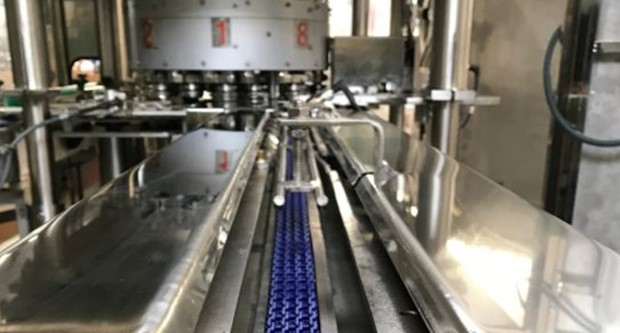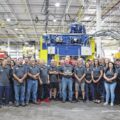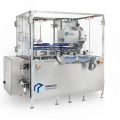Canned food and beverages are currently in high demand due to can seamers that have advanced by leaps and bounds in recent years. These machines, also called sealers, offer the unique possibility of hermetic sealing to keep food and beverages inside their containers for a longer period of time.
The airtightness of cans is mainly determined by the type of material from which the lids and cans are made. They are generally made of aluminum or tinplate, and depending on the product to be packaged, particular sealing and closing machines will be used. In this way, it is possible to achieve the appropriate hermetic seal for the different products packaged and marketed.
What types of seaming machines are there?
The can sealing machines can be classified according to the particularities of the sealing process they perform, according to this, they can be classified in four specific types:
1-The vacuum can sealing machine is an equipment designed to create an airtight seal on cans, thus eliminating air to preserve food and prolong the shelf life of products. Vacuum can seaming machines remove the air inside the can, leaving a partially empty space, which allows the can to be much stronger and last longer.
The device that closes the cans is characterized by the way it works, which consists of a mechanical system that allows the containers to be sealed correctly and securely. After the filled can is placed in the machine, this device will extract the air from the can. For this purpose, it has a pipeline located and connected to its vacuum pump. To finish the process, the can must be sealed after it has been completely emptied of air.
2-Automatic can sealing machine. A technological innovation for the food industry, this machine will allow automatic and hermetic sealing of cans to guarantee a fresh product, as well as improving the efficiency of packaging processes.
What sets these seaming machines apart from the rest is the fact that they do not require an operator to use them. This means that, as the name implies, the machine operates automatically.
Workers will not have to do anything other than provide the can lids. Thereafter, the sealing process will be carried out automatically. These seaming machines are generally used in the canning industry, where large-scale manufacturing is done. These may be used for sealing round cans or other shapes.
3.- Semi-automatic can sealing machine. These semi-automatic can sealing machines are easy to use and guarantee a smooth and trouble-free operation. They are requested for a wide range of product-specific applications including fats, canned food and chemicals. They are equipped with advanced technology to facilitate more efficient operation.
For companies where production levels are low, semi-automatic seamers are ideal. These stand out for the great versatility they offer, as they are used to seal cans in various formats and sizes.
4.-Manual can sealing machines. These are the ideal machines for small companies that require economical and tight sealing for their can containers. This equipment is easy to use and has the capacity to guarantee hermetic sealing of your containers. They are made to work with cans or packaging made of other materials, such as aluminum and plastic.
Small production industries usually have simple sealing machines. These require the presence of an operator for their use and their operation is quite simple, so they should not cause major delays in the production process.
The sealing machines can also be classified according to the type of sealing they can carry out, in this case there are 2 specific types of seals, these are:
The rotary can sealing is a process where the can is the only part that rotates, while the other parts remain stationary. These cans move rapidly around their axis, thus achieving a faster seaming speed of up to 1,500 cans per minute. The most common type of can used for this type of sealing is the round can.
In the can sealing process, the can itself does not move and it is the wheels that carry out the movements corresponding to the sealing process. In general, this type of sealing is used for different can shapes such as oval, rectangular and oblong cans. This sealing is much slower than the previous one, as it only seals approximately 80 cans per minute. This speed is the main limitation of its activity, and it is also widely used in the canning industry.
If you are looking to know how to select a can opener, follow these tips. Make sure the tool has an ergonomic grip for ease of use and is sturdy. The equipment must also be capable of opening several cans at the same time without causing damage to the rims. A good option is to opt for models that have cut protection and even automatic locking to ensure that the lid is never forgotten.











